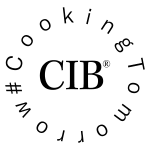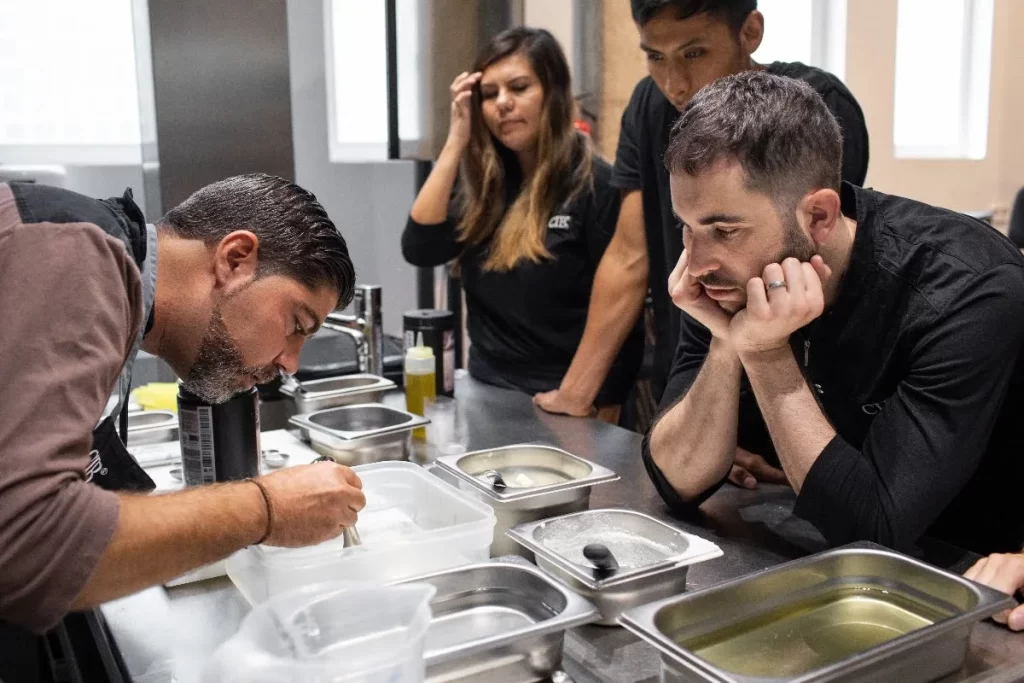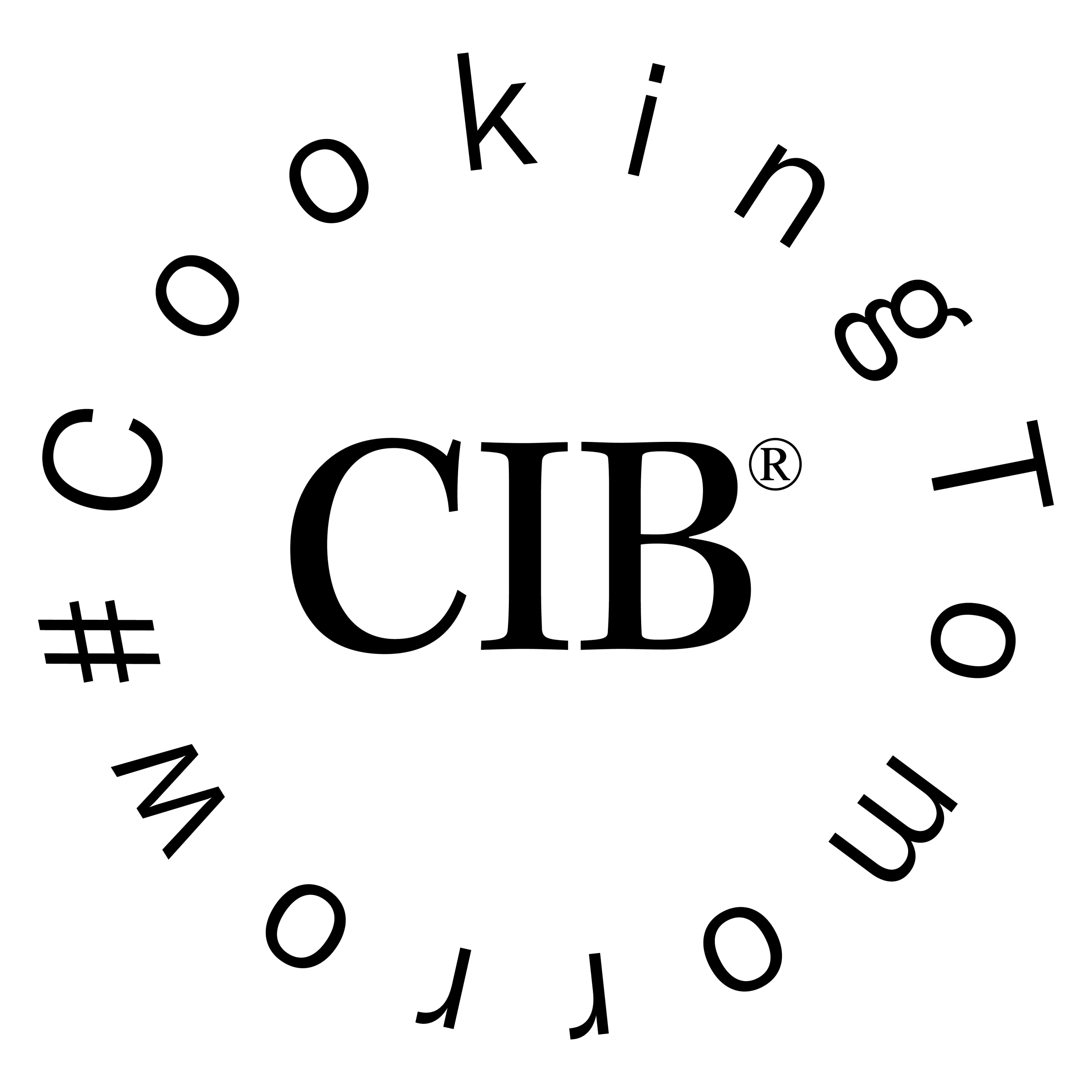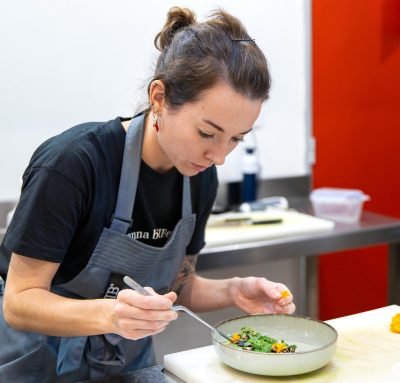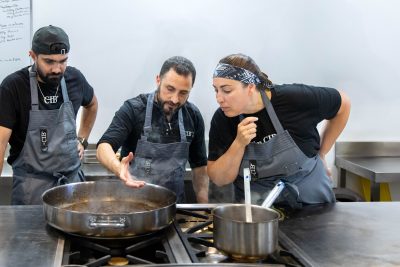Instead of following traditional culinary techniques, chefs that specialise in molecular gastronomy experiment with chemicals and techniques to alter the properties of food and create and innovative surprising new dishes. This form of cooking often involves manipulating the molecular structure of food to achieve a unique sensory experience. All of these ingredients are used to create unusual textures, flavors, and appearances.
If you are interested in the post you are about to read, you can learn more about molecular gastronomy at the Culinary Institute of Barcelona (CIB).
What is molecular gastronomy?
Molecular gastronomy is a trend that has emerged in recent years. Its main objective is to combine scientific knowledge, creativity, and innovation in order to create exquisite recipes that transform the flavors and textures of food in new and surprising ways.

What ingredients are used in molecular gastronomy?
Molecular gastronomy is a culinary trend that is increasingly valued in professional cooking. Ingredients commonly used in molecular gastronomy include calcium alginate, calcium chloride, agar-agar, thickeners and gelling agents, gelatines, raising agents, emulsifiers and carbonated sugar. These ingredients are used to create a wide variety of effects, such as the formation of liquid spheres, gels, foams and other surprising textures.
Calcium alginate
Calcium alginate is a natural polymer obtained from seaweed and is commonly used in the food industry as a thickener, stabilizer and gelling agent. It is also used to manufacture molds and replicas in the orthodontic and dental industry.
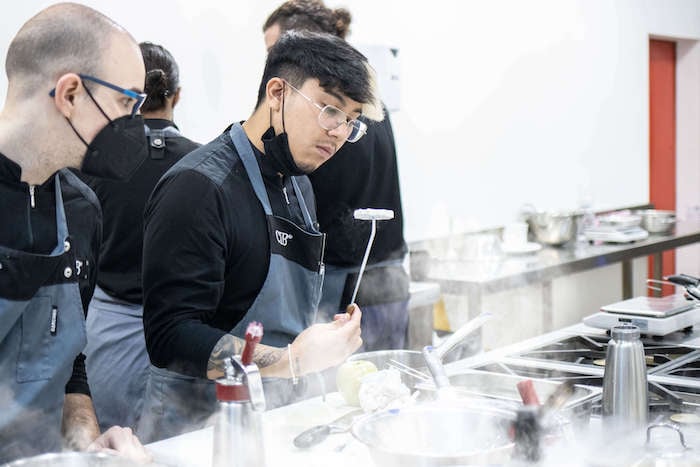
Calcium chloride
Calcium chloride is a chemical compound with the chemical formula CaCl2. It is a white, water-soluble salt used in a variety of applications, including the manufacture of chemicals, such as polyvinyl chloride, as a cooling and de-icing agent, in construction as a drying agent and also as a food additive.

Agar-agar
Agar-agar is a type of gelatin obtained from seaweed and is used as a thickening and stabilizing agent in food processing and pharmaceuticals. It is commonly used in cooking as a vegetarian and vegan substitute for animal-based gelatin.

Thickeners and gelling agents
Thickeners and gelling agents are used to modify the texture of foods and create unusual shapes. Thickeners are used to make sauces and other liquids thicker, while gelling agents are used to turn liquids into gels and hold them in shape. Common examples of thickeners and gelling agents are xanthan gum, guar gum, agar agar and gelatin.
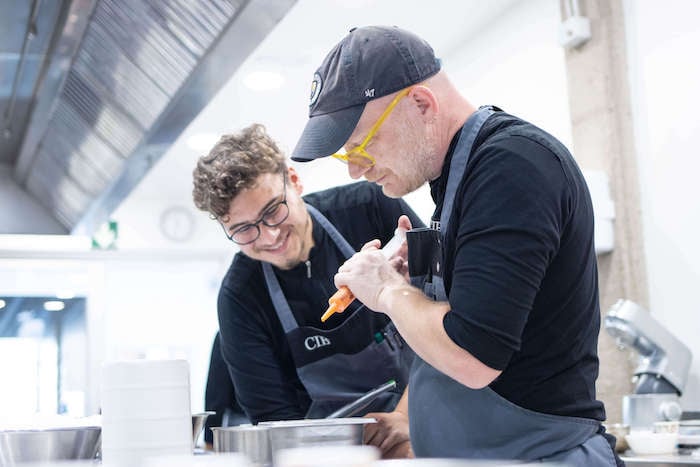
Gelatins
Gelatines are a type of culinary preparation that uses gelatin as a basic ingredient to create unconventional textures and shapes out of food. Gelatin is mixed with other ingredients such as juices, purees, sauces and liquid foods, and allowed to solidify. This focus on texture and shape has revolutionized the way food is presented in the kitchen.
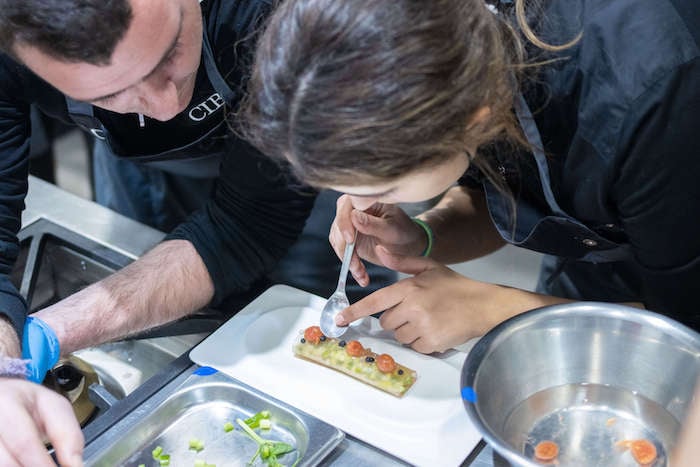
Raising agents
Raising agents are chemicals used to create bubbles and foams in dishes. These products can be natural or synthetic and are used to give food a different appearance and improve their texture. Some common examples of raising agents are baking soda and citric acid, which react with other ingredients to produce bubbles and foams. In molecular cuisine, raising agents are used to create unique and surprising textures and to improve presentation.
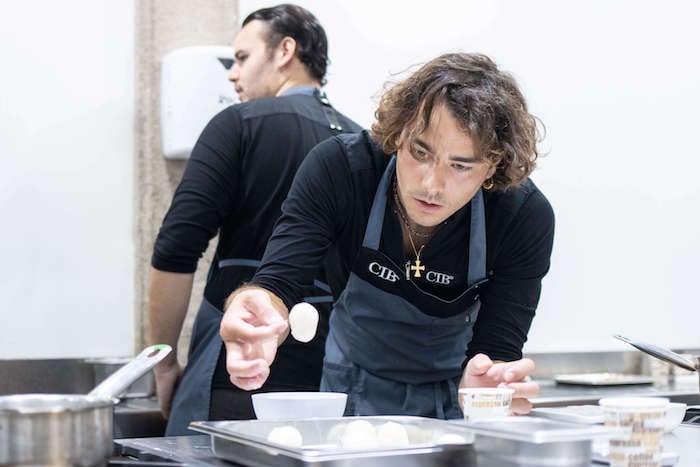
Emulsifiers
Emulsifiers are chemicals or natural ingredients used to stabilize emulsions, i.e., to maintain homogeneous mixtures of immiscible liquids, such as oil and water. In molecular cooking, emulsifiers are used to generate smooth and creamy textures, as well as improve the presentation and consistency of foods. Common examples of emulsifiers are lecithin, xanthan gum and gum arabic. These products are used in combination with other ingredients to create stable emulsions with interesting textures.

Carbonated sugar
Carbonated sugar is a type of sugar known for its high carbon dioxide content. It is a fine, crystalline powder that is used to make carbonated beverages, such as soft drinks, to give them a sweet taste and increase their fizz. When mixed with water and other ingredients, the carbon dioxide is released and creates bubbles, which give the beverages their characteristic fizzy sensation and flavor. In addition to its use in beverages, carbonated sugar is also used to make some desserts and to create smooth, bubbly textures.

Learn how to use these ingredients at the CIB
The Culinary Institute of Barcelona is a renowned cooking school that offers courses and training programs in molecular gastronomy and other culinary fields. Students can learn to use special ingredients such as gelatin, raising agents, emulsifiers and carbonated sugar to create innovative and surprising dishes.
In addition to learning how to use these ingredients, students can also explore new textures, flavors and cooking techniques in a creative and collaborative environment. If you are interested in molecular gastronomy and avant-garde cooking, the Culinary Institute of Barcelona may be an excellent option for you.
